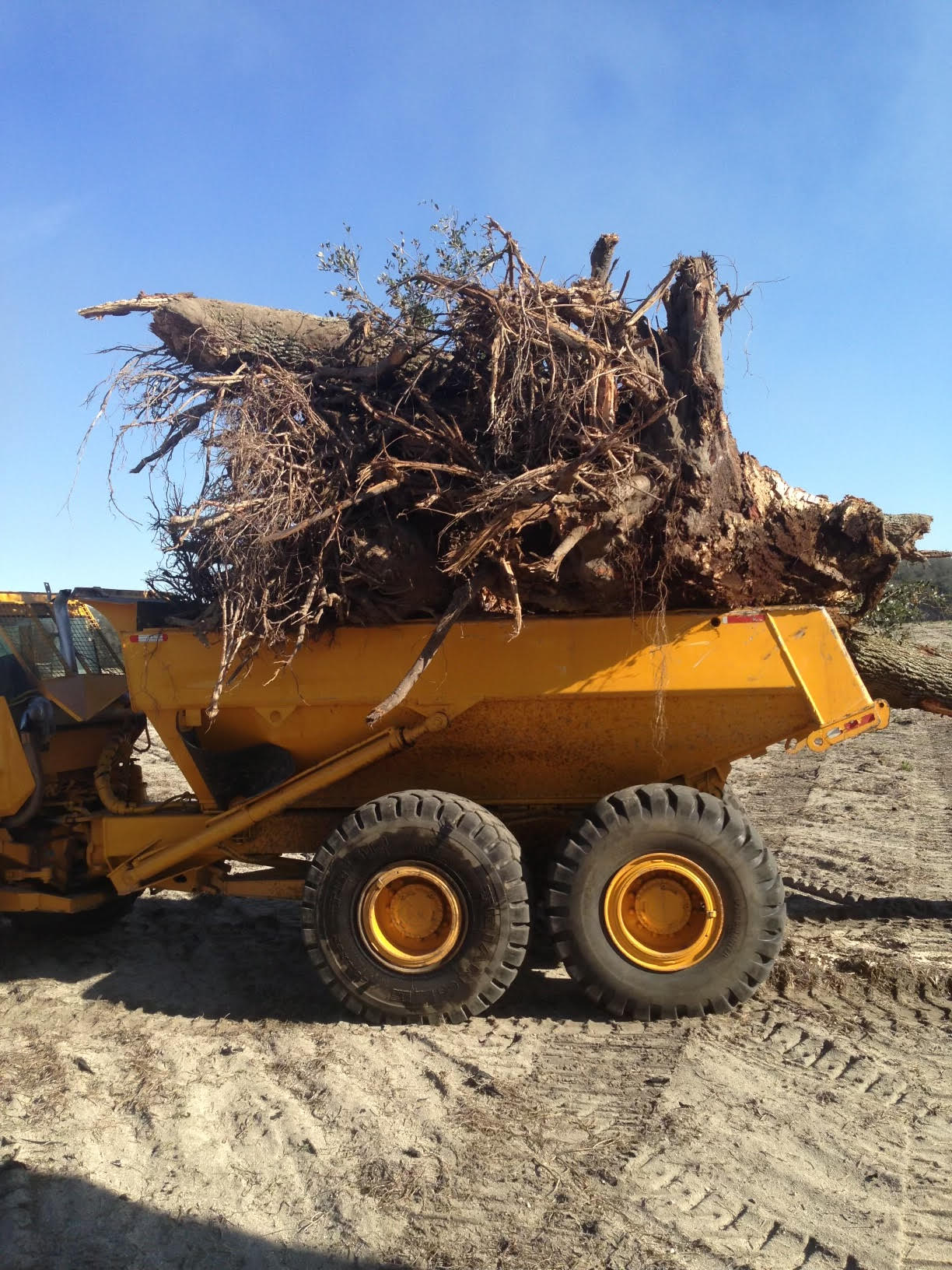
Essential Safety Practices for Professional Excavating Projects Nov 21, 2025
Excavation safety begins with a comprehensive risk assessment. Before any digging, it’s crucial to analyze the job site for potential dangers. This includes evaluating the ground conditions, identifying any underground utilities like gas or water lines, and understanding the landscape. By conducting a thorough site evaluation, potential risks can be mitigated early, reducing the likelihood of incident. C&C Excavating always advises that this assessment is best performed in conjunction with local authorities and utility companies.
One of the core elements of safe excavation is effective communication. Maintaining an open line of communication among team members ensures everyone is aware of their roles and any changes to the plan. Regular safety briefings keep the team updated on project progress and alert them to any emerging risks. It's beneficial to adopt modern communication tools, such as two-way radios or wearable devices, which can facilitate instant communication and quick response times.
Training is a foundational aspect of excavation safety. Workers should be trained not only in operating machinery but also in recognizing potential hazards and taking appropriate action. At C&C Excavating, we emphasize the importance of both initial and ongoing training sessions. This approach ensures that workers remain skilled in both current technologies and methods and are refreshed on safety protocols specific to excavation projects.
The importance of personal protective equipment (PPE) cannot be overstated in excavation projects. Essential equipment includes helmets, safety boots, high-visibility clothing, and goggles. These items provide the first line of defense against potential injuries. It's critical to ensure that all PPE used is in good condition and properly fitted to the individual worker.
Clearly defined site boundaries and hazard zones are also critical. They prevent unauthorized access to dangerous areas and help manage traffic flow on the site. Using temporary fencing, cones, or caution tape can effectively demarcate these zones, minimizing the risk of accidents caused by unauthorized personnel entering restricted areas.
Monitoring weather conditions is another crucial safety measure. Weather can drastically affect the safety of an excavation site, particularly in terms of ground stability. Rain can lead to unexpected erosion or flooding, while extreme heat can impact workers' health. Forecasts should be monitored constantly, with contingency plans ready to address adverse conditions when necessary.
Incorporating technology can significantly enhance safety practices. The use of drones for site surveys, for instance, provides a safe way to assess a site without placing workers at risk. Additionally, GPS technology in machinery aids in maintaining precise excavation operations, reducing errors that could lead to unsafe conditions.
In conclusion, a commitment to safety is a commitment to success in excavation projects. By adhering to these essential safety practices, companies like C&C Excavating can protect their workers and improve project outcomes. Safety should never be an afterthought but a continuous, proactive effort integrated into every facet of the work. Through diligent planning, effective communication, and embracing both technology and training, we can create a safer, more efficient excavation environment for all involved.
/filters:no_upscale()/filters:format(webp)/media/2f63beca-b71d-4692-ad52-ac1420e2de58.png)